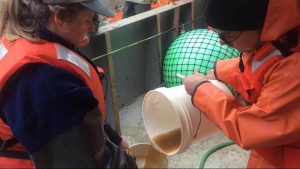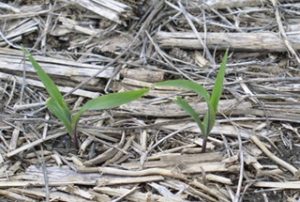To date, Clean Water Warrior (CWW) has largely discussed issues with toxic algae blooms and dead zones in the Great Lakes region. Farm runoff, for which it is the mission of CWW to reduce, and its catastrophic impact on freshwater, has been the subject of most CWW blogging.
But this is not to say that algae blooms are limited to the Great Lakes area, or freshwater. In fact, Alaska, Washington State, Oregon and, of course, the Western Coast of Canada are all struggling with the challenges of unusually warm ocean water becoming infested with algae.

In this report on a crab season in crisis, from the Weather Channel, we see that ocean saltwater, too, is not impervious to the damaging effects of algae. Solutions to the problems blooms create for the crab fishing industry are not clear — or even possible, for that matter, given that the blooms may be the result of warmer waters resulting from climate change.



